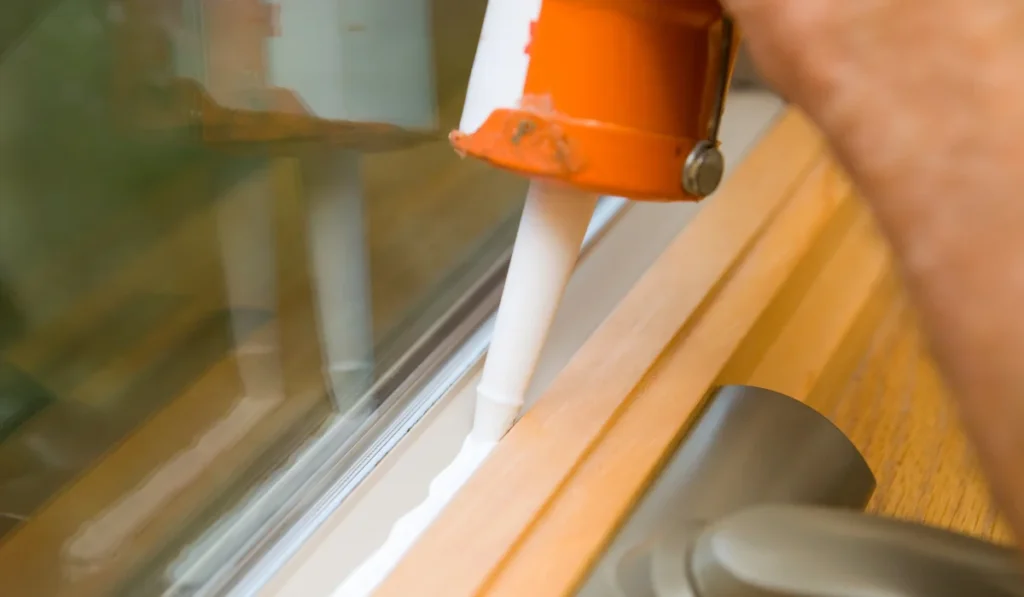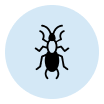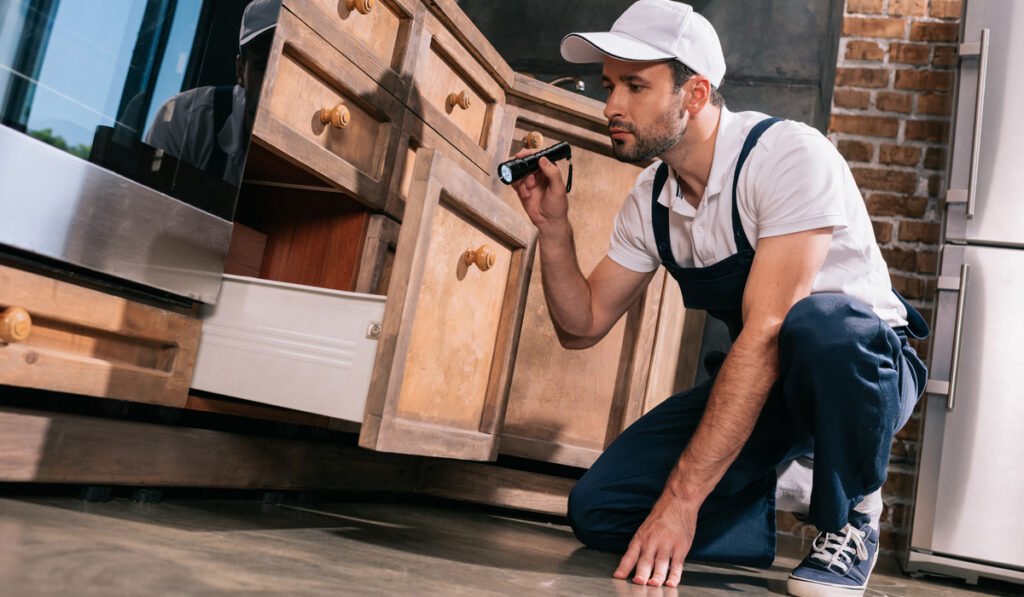If you’re hearing late-night scratching in the walls or spotting tiny black droppings in your pantry, chances are you’ve got a mouse problem.
In California, house mice are a year-round nuisance, especially when temperatures drop. But beyond being annoying, a mouse infestation can put your health and home at risk, spreading diseases like hantavirus and carrying parasites like fleas.
In this guide, we’ll break down how to get rid of mice with practical, California-friendly strategies that actually work.
Key Takeaways
- Small openings let mice into your home, so sealing all entry points is the first thing to do.
- Food and clutter give mice reasons to stay, so clean up crumbs and seal all storage areas tightly.
- Traps work better when placed in active areas like baseboards and crawl spaces where droppings or chewing appear.
- Professional help is needed when mice keep returning even after traps, repellents, and sealing efforts have been used.
Seal Off Entry Points with Steel Wool and Caulk

The first step in effective mouse control is to stop them from getting in.
Mice can squeeze through openings as small as a dime, often entering through crawl spaces, gaps around pipes, or cracks in your foundation.
Homeowners should inspect their homes carefully—especially around baseboards, attics, and basements—and use steel wool combined with caulk to block those spaces.
Sealing entry points is one of the most overlooked steps in rodent control, but it’s absolutely essential if you want to mouse-proof your home for good.
Eliminate Food Sources and Nesting Materials
If you want to repel mice, you need to make your home as unappealing to them as possible. That starts with cleaning up food sources. Store all human and pet food in airtight containers, and don’t leave food packaging out on counters.
Mice are known for gnawing on bags of chips, cereal boxes, and anything left out in the open. On top of that, get rid of any nesting materials—like cardboard, shredded paper, or fabrics—by keeping storage organized and sealed up in durable bins.
Trap Smarter, Not Harder
Snap traps are a tried-and-true tool in DIY pest control, but they’re only effective if you know how to use them. Set the mouse traps along walls where you’ve seen droppings or signs of gnawing, and bait them with a small amount of peanut butter.
That sticky consistency forces mice to linger, increasing your chance of a successful catch. You can also set traps inside attics, behind appliances, and near baseboards—basically anywhere you’ve spotted activity.
For a more humane way to trap mice, live traps are an option, especially in cases where you’re trying to avoid poison baits or glue traps.
Use Mouse Repellents Like Peppermint Oil and Essential Oils Strategically

Many homeowners try natural deterrents like the smell of peppermint oil to keep mice away. And according to behavioral studies, it’s not just a myth. Rats avoided areas treated with oils like peppermint, wintergreen, and geranium.
To give it a shot, soak cotton balls in peppermint oil and place them under sinks, in closets, or near entry points.
Just don’t expect it to fix a serious infestation on its own—it’s best used alongside other methods.
Don’t Skip the Clean Up—Sanitize to Stay Safe
Once you’ve gotten rid of the mice, cleaning up afterward is critical.
Mouse droppings and urine can spread diseases and should be handled carefully. Always wear gloves and a mask when cleaning, and avoid sweeping or vacuuming dry feces, which can send particles into the air.
Instead, spray affected areas with a disinfectant or a diluted bleach solution and wipe them down thoroughly. You may also find dead mice during this process, which should be disposed of carefully using gloves and sealed bags.
Keep an Eye on Common Hiding Places
Mice don’t just hang out in kitchens. They nest in places that are dark, quiet, and close to food or water. That includes crawl spaces, garages, attics, and even inside walls.
If you’ve seen signs of mice—like droppings, gnaw marks, or sounds at night—check those areas first. You may find bait stations already chewed into, or trails of nesting material like shredded insulation.
Keep checking these spots even after you’ve set traps, as new mice can move in quickly.
Know When to Call a Professional Pest Control Company
If your traps keep coming up empty or you’ve got mice chewing into new areas week after week, it might be time to bring in an exterminator.
At Simple Pest Management, we specialize in rodent control across California—from San Diego to Sacramento. We provide thorough inspections, set traps, place bait stations, and seal off every potential access point to make sure the problem doesn’t return.
Our professional pest control services are backed by a bug-free guarantee, and we offer same-day or next-day service for homeowners who need immediate help.
Need help getting rid of mice in your home?
Reach out to our team for expert pest control services.
 1st pest control service just $49. Must schedule service online.
1st pest control service just $49. Must schedule service online.






 You’re supporting a small, local business
You’re supporting a small, local business


